
Taro root, also known as colocasia or dasheen, is a tropical root vegetable that is widely cultivated and eaten in many parts of the world. It is native to Southeast Asia and has been grown for centuries in other parts of Asia, Africa, the Pacific islands, and the Caribbean. The taro plant is a herbaceous perennial with large, heart-shaped leaves and a tuberous root that is used as a food source. Taro root has a starchy, slightly sweet flavor and a potato-like texture when cooked. It is often boiled, baked, or mashed and used in a variety of dishes, including soups, stews, and traditional dishes such as poi, a staple food in Hawaiian cuisine. Taro root is also high in nutrients, including vitamin C, potassium, and calcium.
Taro in Fiji
Taro is an important staple food in Fiji, where it has been cultivated for centuries. It is grown in a variety of forms, including as a root crop and as a leafy green vegetable. In Fiji, taro root is often boiled and mashed, then mixed with coconut milk to make a dish called kokoda, which is similar to the Hawaiian dish poi. Taro leaves are also commonly used in Fiji, often cooked in coconut milk and served with rice as a side dish.
Taro is an important part of Fijian culture and is often featured in traditional ceremonies and rituals. It is also an important source of food security in Fiji, as it is a reliable and nutritious crop that can be grown in a variety of soil types and climates. Taro is also an important source of income for many small farmers in Fiji, as it is widely cultivated and exported to other countries in the region.
Taro Dishes
There are many different dishes that can be made with taro root, and it is used in a variety of cuisines around the world. Some examples of dishes that can be made with taro root include:
- Poi: A traditional Hawaiian dish made by mashing cooked taro root until it reaches a smooth, paste-like consistency.
- Taro root chips: Thinly sliced taro root that is deep-fried or baked until crisp and then seasoned with salt or other seasonings.
- Taro root soup: A soup made with diced taro root, vegetables, and broth or coconut milk.
- Taro root cakes: A type of fritter made with grated taro root, flour, and spices, then deep-fried until golden brown.
- Taro root puree: A creamy puree made by boiling and mashing taro root and adding milk or cream.
- Taro root curry: A spicy curry made with diced taro root and a variety of spices and herbs.
- Taro root stir-fry: Stir-fried taro root combined with vegetables and a flavorful sauce.
- Taro root stew: A stew made with diced taro root, vegetables, and a broth or sauce.
- Taro root pancakes: A type of pancake made with grated taro root and flour, then cooked until golden brown.
- Taro root smoothie: A smoothie made with taro root, milk, and fruit.
These are just a few examples of the many dishes that can be made with taro root. It is a versatile ingredient that can be used in a variety of sweet and savory dishes.
Nutrients Value
Taro root is a good source of several important nutrients, including:
- Fiber: Taro root is a good source of dietary fiber, which helps to promote regular bowel movements, reduce cholesterol levels, and support digestive health.
- Vitamin C: Taro root is a good source of vitamin C, which is an important antioxidant that helps to support the immune system and protect cells from damage.
- Potassium: Taro root is a good source of potassium, which is an essential mineral that helps to regulate heart function, maintain healthy blood pressure, and support healthy muscle and nerve function.
- Calcium: Taro root is a good source of calcium, which is an important mineral for maintaining healthy bones and teeth.
- Manganese: Taro root is a good source of manganese, which is a trace mineral that plays a role in the metabolism of carbohydrates, proteins, and fats, as well as in the synthesis of collagen and other connective tissues.
- Vitamin B6: Taro root is a good source of vitamin B6, which is an important nutrient that plays a role in the metabolism of proteins, carbohydrates, and fats, as well as in the synthesis of neurotransmitters and other compounds in the body.
In addition to these nutrients, taro root also contains smaller amounts of other vitamins and minerals, including vitamin E, iron, and magnesium.
5 Surprising Facts about Taro Root: From Nutrient-Rich Staple Food to Natural Dye
Here are a few things about taro root that you may not know:
- Taro root is a staple food in many parts of the world: Taro root is an important staple food in many parts of the world, including Asia, Africa, the Pacific islands, and the Caribbean. It is often used as a replacement for potatoes or rice and is a key ingredient in many traditional dishes.
- Taro root is a good source of nutrients: In addition to being a good source of fiber, vitamin C, potassium, and calcium, taro root also contains smaller amounts of other nutrients, including vitamin E, iron, and magnesium.
- Taro root can be toxic if not prepared properly: Taro root contains small amounts of a chemical called oxalic acid, which can be toxic if consumed in large amounts. However, the oxalic acid is usually removed during the cooking process, as it is water-soluble and can be leached out when the taro root is boiled or steamed.
- Taro root can be used as a natural dye: The purple flesh of taro root can be used as a natural dye for fabrics and other materials. The dye is made by boiling the taro root and then using the water to soak the materials that are to be dyed.
- Taro root is a popular ingredient in desserts: In many parts of Asia, taro root is used to make sweet desserts and drinks, such as taro ice cream, taro milk tea, and taro pudding. The taro root is cooked and then mashed or pureed, and the resulting paste is used to flavor the desserts.
Discover the Potential Health Benefits and Versatility of Taro Root: From Antioxidant-Rich Staple Food to Traditional Medicine
- Taro root is a good source of antioxidants: Taro root contains several antioxidants, including polyphenols, flavonoids, and vitamin C, which help to protect cells from damage caused by free radicals.
- Taro root may have potential health benefits: Some research has suggested that taro root may have potential health benefits, including reducing the risk of heart disease, improving digestion, and reducing inflammation. However, more research is needed to confirm these potential benefits.
- Taro root can be grown in a variety of climates: Taro root is a tropical plant, but it can be grown in a variety of climates, including hot, humid regions as well as cooler, more temperate areas. It is often grown in flooded fields, as the plant thrives in moist soil.
- Taro root has a long shelf life: Taro root has a relatively long shelf life and can be stored for several weeks or even months if it is kept in a cool, dry place. It can also be frozen or dried for longer storage.
- Taro root is used in traditional medicine: In some parts of the world, taro root is used in traditional medicine to treat a variety of ailments, including digestive problems, skin irritation, and respiratory infections. However, there is limited scientific evidence to support these uses.
Delicious Ways to Incorporate Taro Leaves into Your Meals
Taro leaves are a delicious and nutritious leafy green vegetable that is commonly used in Asian and Pacific Island cuisines. These large, green leaves have a distinctive shape and texture, and they are rich in vitamins and minerals such as Vitamin C, potassium, and calcium. They are also a good source of dietary fiber.
Despite their many health benefits, it’s important to remember that taro leaves should always be cooked before being eaten. This is because they contain small amounts of calcium oxalate, which can irritate the mouth and throat if consumed raw.
There are many different ways to incorporate taro leaves into your meals. One popular option is to use them in soups and stews. Simply boil the leaves with broth, ginger, and garlic until they are tender, and you can also add diced vegetables such as carrots and potatoes to the mix.
Taro leaves can also be stir-fried with onions, garlic, and ginger, and they make a great addition to curry dishes as well. Simply cook the leaves with coconut milk, curry paste, and diced vegetables for a flavorful and satisfying meal.
Another way to enjoy taro leaves is to make wraps with them. Simply spread a mixture of cooked taro leaves, diced vegetables, and protein (such as shrimp or tofu) onto a large lettuce leaf or a piece of flatbread. Roll up the wrap and serve with a dipping sauce for a healthy and delicious meal.
In conclusion, taro leaves are a nutritious and tasty addition to any meal. Whether you use them in soups, stews, stir-fries, or wraps, they are sure to add flavor and nutrients to your dishes. Just be sure to always cook them before consuming, as raw taro leaves can irritate the mouth and throat.

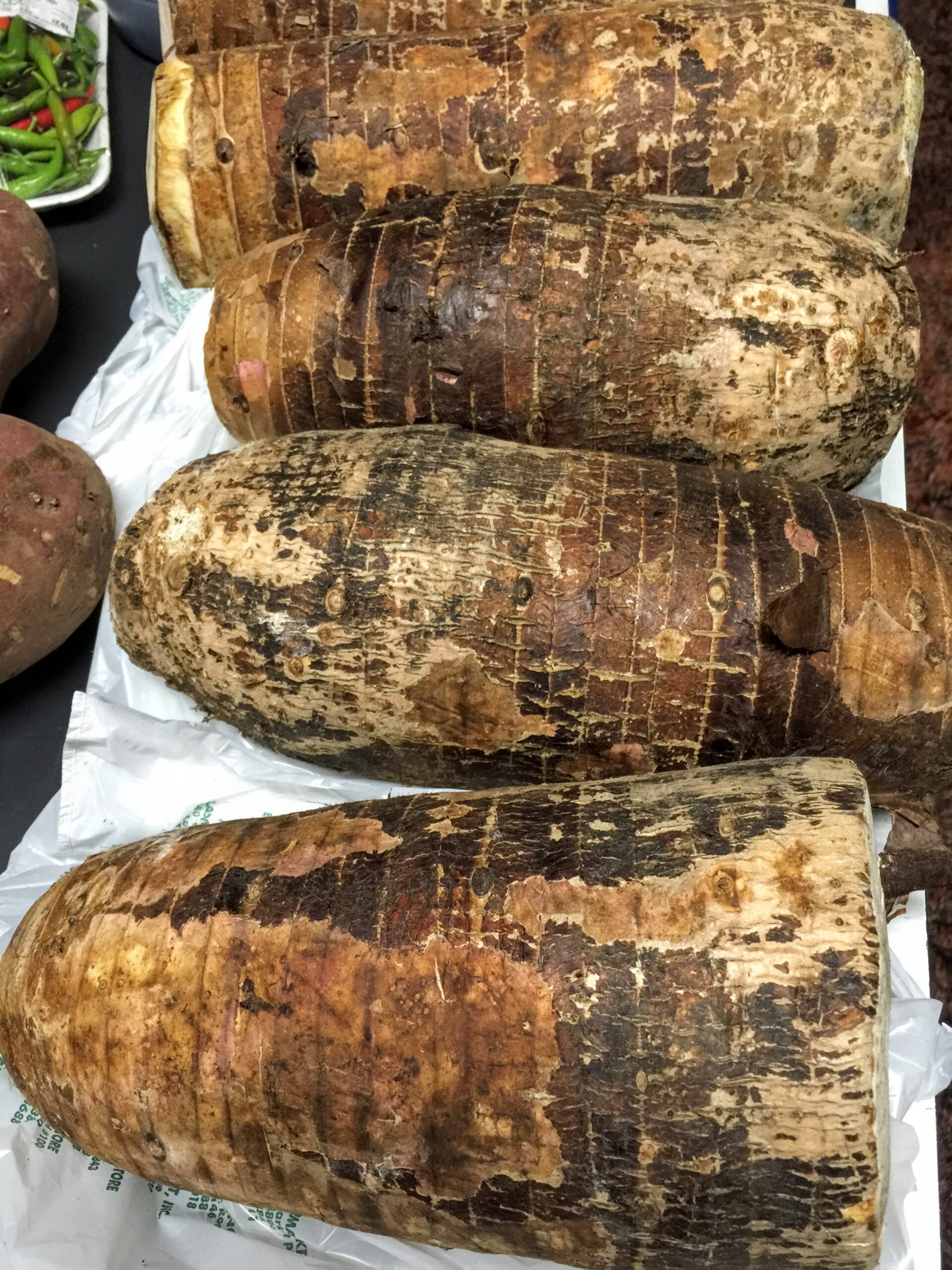
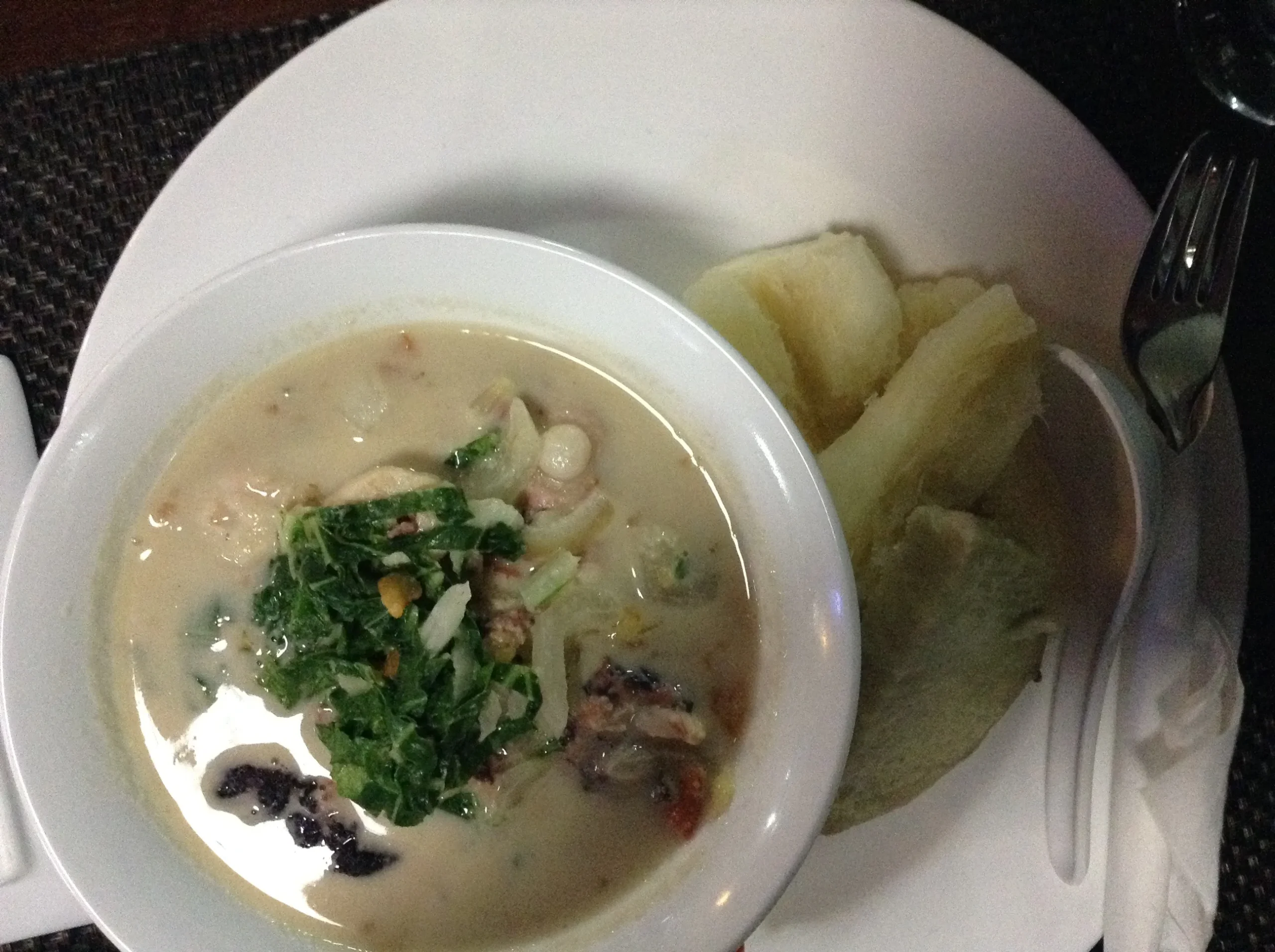


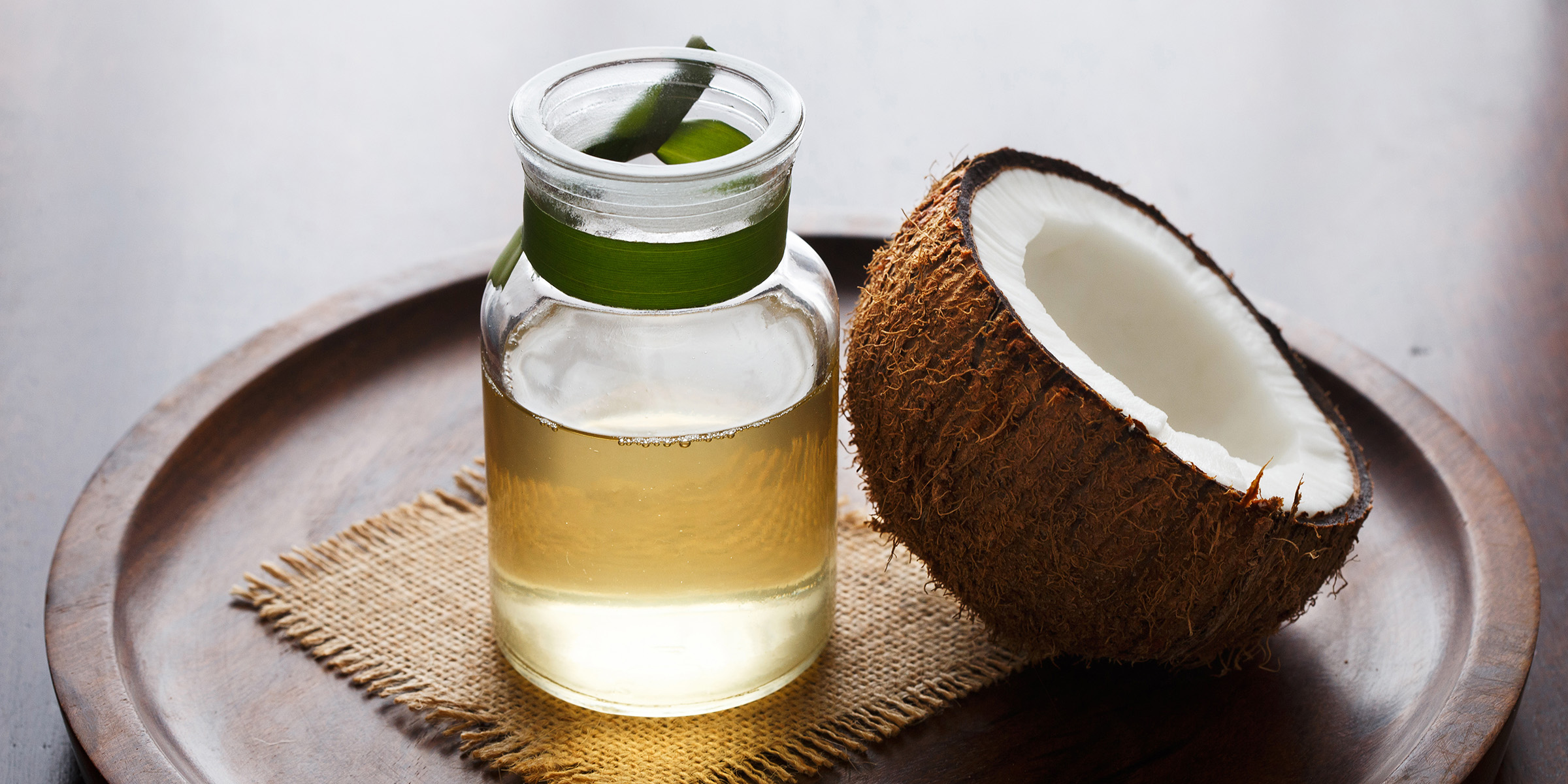

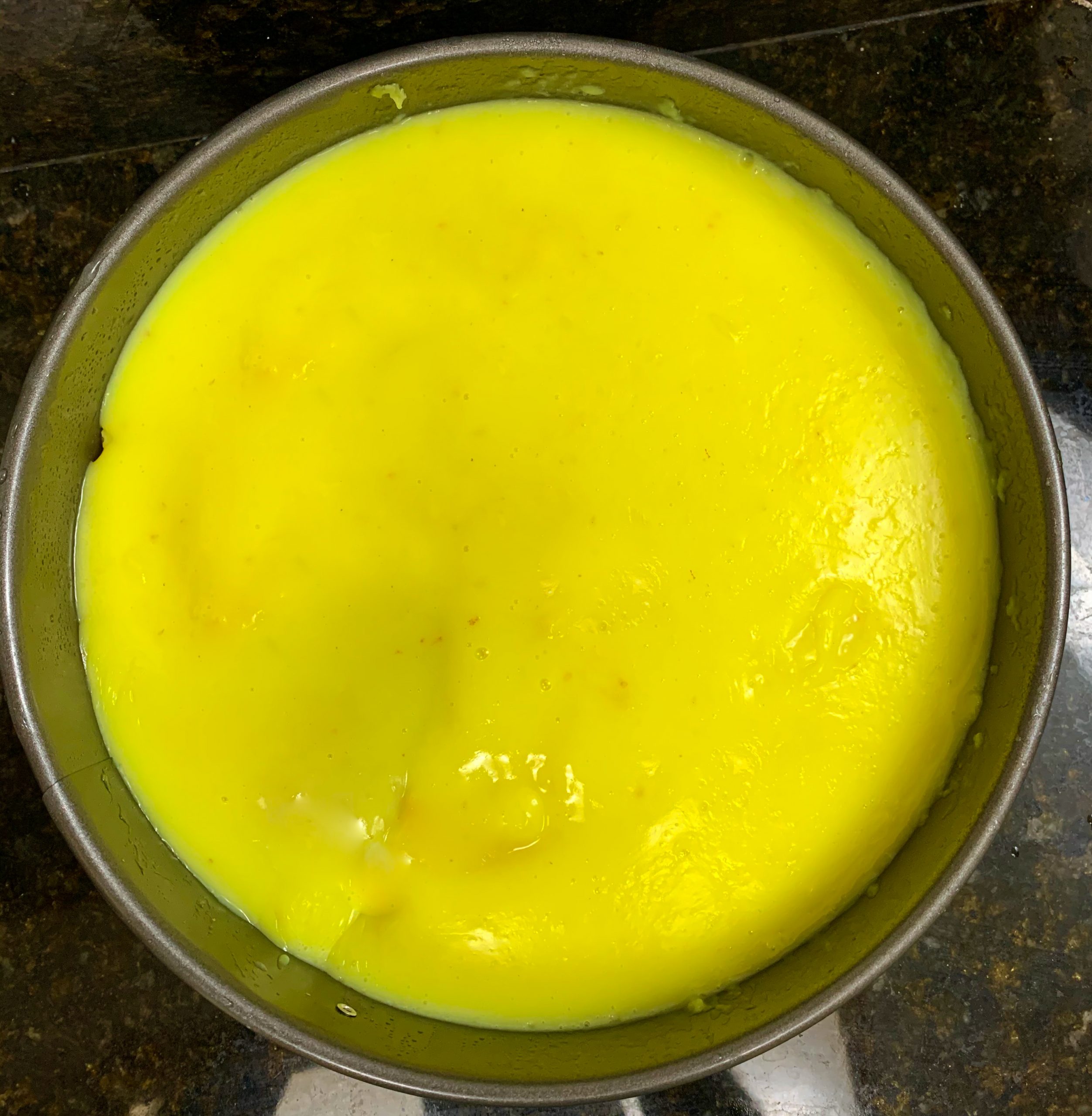
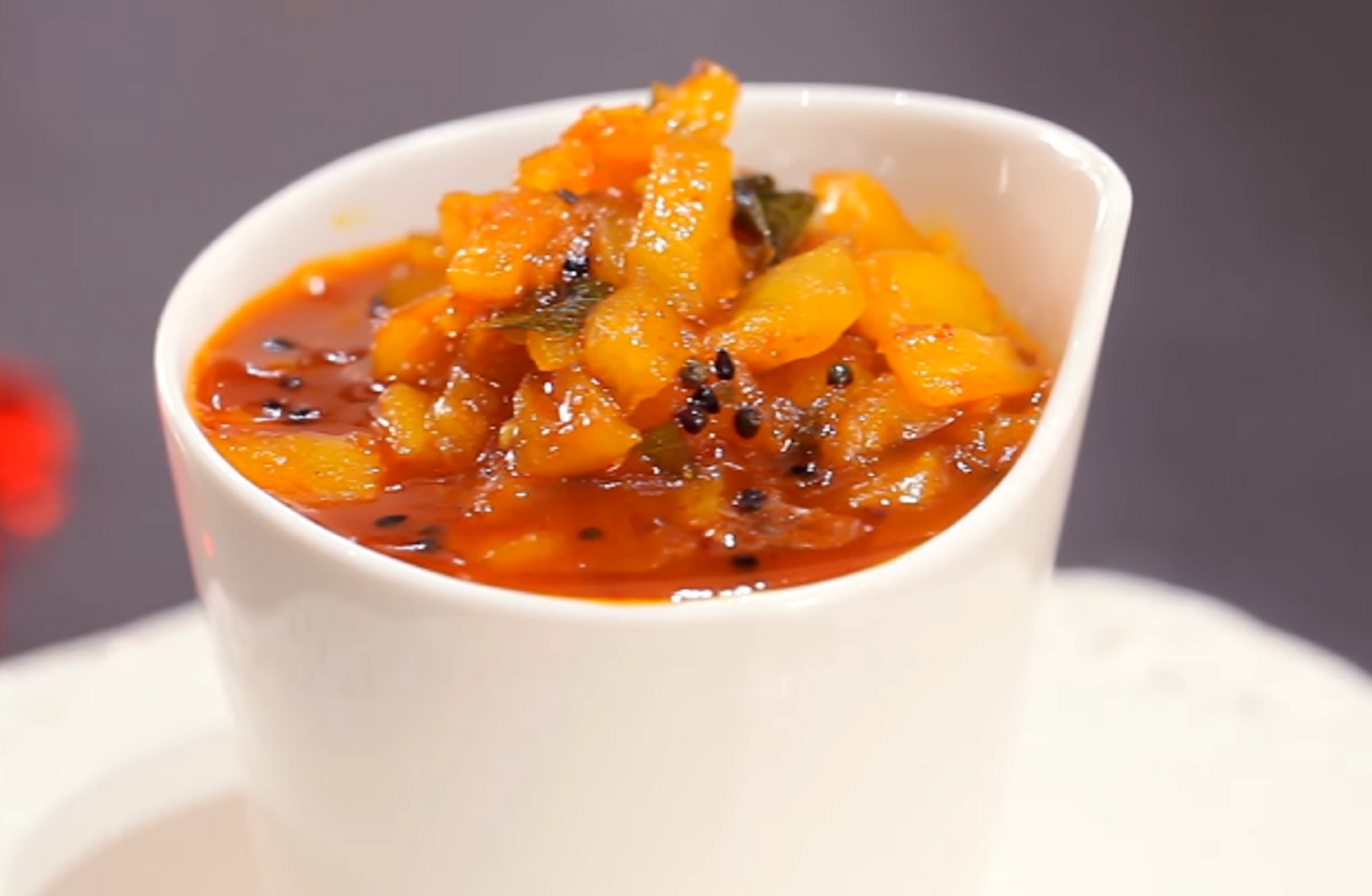


Leave a Reply